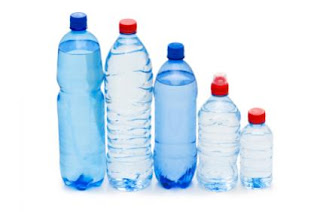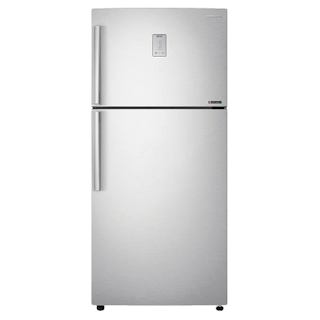CONTENIDOS:
-Algunos de los principales materiales de los que están hechos los objetos que nos rodean: plástico, metal, vidrio, tela, goma, madera...
-Propiedades de los materiales: duro/blando, elástico, flexible, transparente/opaco...
-Máquinas que utilizamos a diario: televisión, teléfono móvil, frigorífico, coche...
-Materiales de los que están hechas estas máquinas.
-Inventos importantes que cambiaron las vidas de las personas: la rueda y la radio.
CRITERIOS DE EVALUACIÓN:
-Nombra e identifica los materiales básicos de fabricación de objetos y máquinas: plástico, papel, tela, metal, vidrio, goma...
-Clasifica algunos materiales según sus características principales.
-Nombra y asocia a su grafía algunas máquinas de uso diario en casa y en el colegio.
-Agrupa las máquinas trabajadas de acuerdo con los materiales que las componen.
-Conoce dos de los inventos fundamentales en la historia del ser humano.
VOCABULARIO:
Fabric
Glass
Rubber
Wool
Porcelain
Wood
Plastic
Metal
Hard
Soft
Elastic
Flexible
Transparent
Opaque
TV
Computer
Mobile phone
Digital board
Car
Fridge
Microwave oven
Hob
Toaster
Wheel
Radio
MATERIALS
These are some of the materials we use the most:
Fabric
Glass
Rubber
Wool
Porcelain
Wood
Plastic
Metal
Materials have different properties.
- They can be soft, like wool. They can be hard, like wood or metal.
- They can be flexible. It means they bend without breaking, like fabric and wool.
- They can be elastic, like rubber. They stretch.
- They can be transparent, like glass, because we can see through it. If they aren't transparent, they are opaque.
MACHINES
Machines are also made of materials. For example, a computer is made of plastic, metal and glass. A car is made of metal, glass, fabric and even rubber!
These are some machines that you might have at home. Do you know their names?
What materials are they made of?
Some other machines that we use everyday are:












